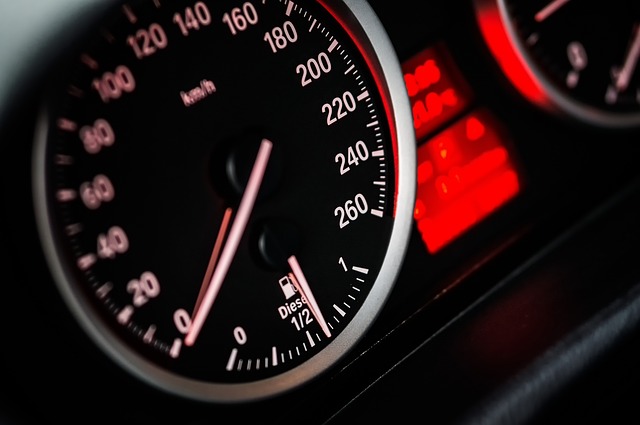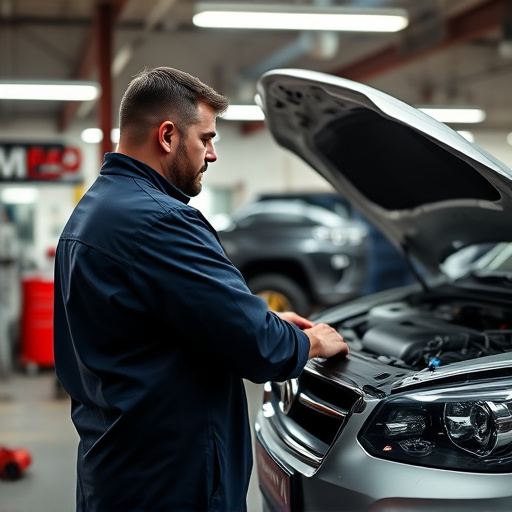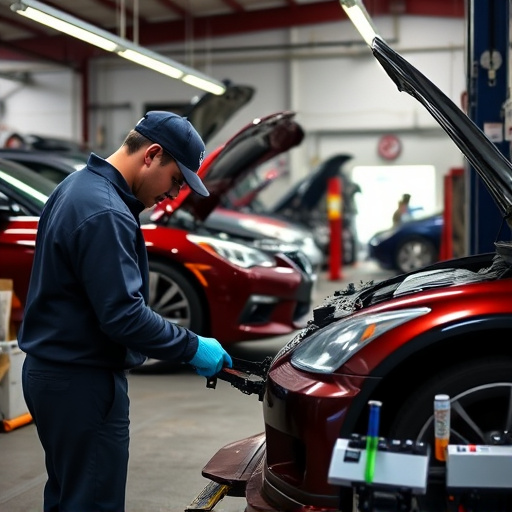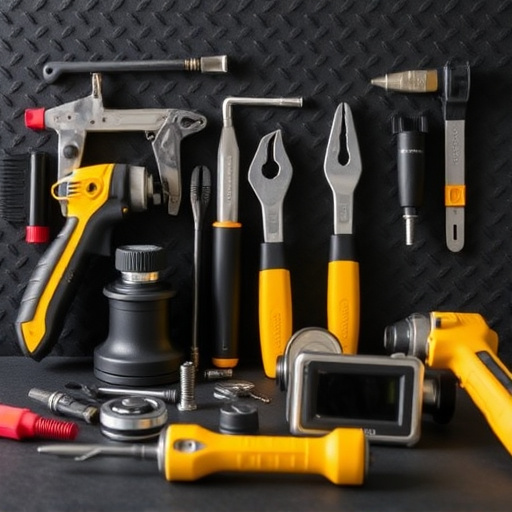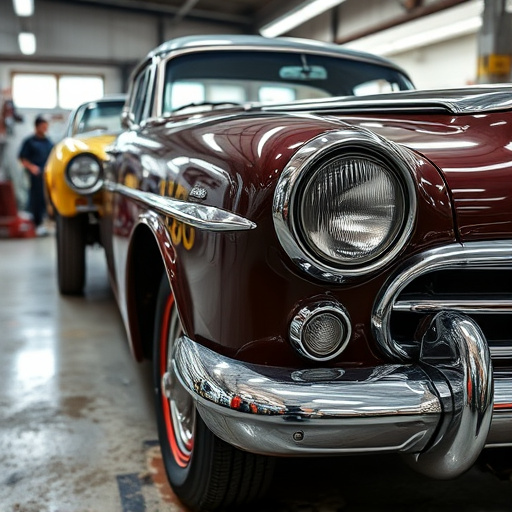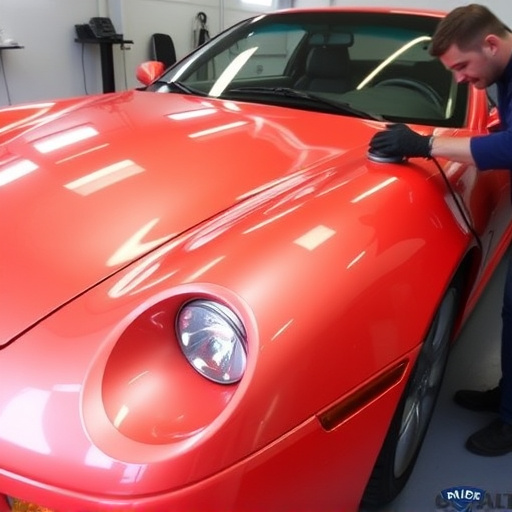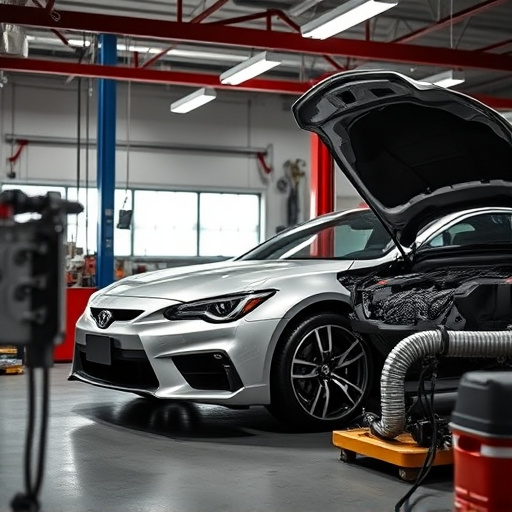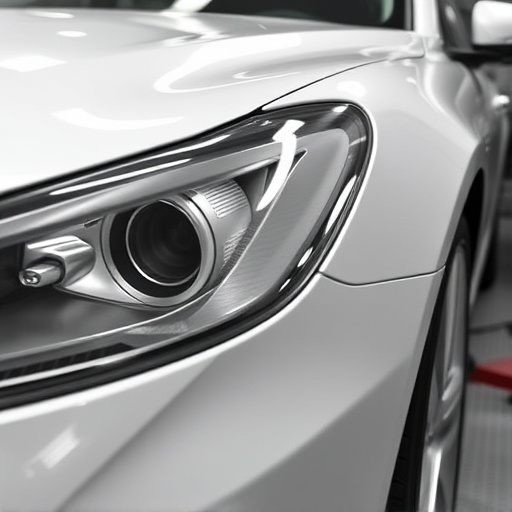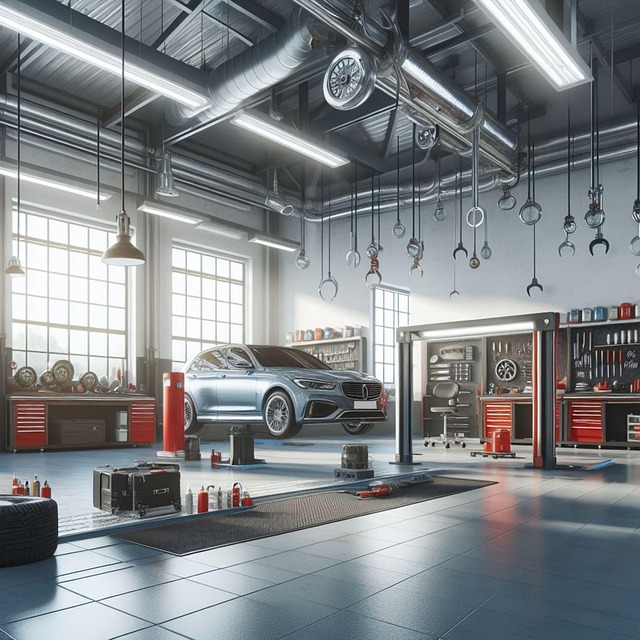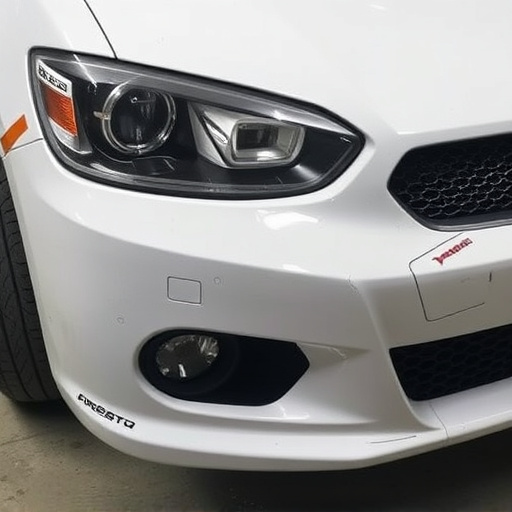Proper AC repair after a collision requires meticulous disassembly by qualified technicians to prevent further damage and ensure structural integrity. Parts are safeguarded, wiring stabilized, and protective measures taken to preserve vehicle components. Reassembly and rigorous testing verify system safety, performance, and adherence to environmental standards, enhancing driver comfort and reliability.
After a collision, thorough assessment of your air conditioning (AC) system is crucial. Damage from car accidents can compromise safety and efficiency. This article explores the meticulous steps taken during AC repair after a collision, focusing on three key phases: assessing damage, disassembling and safeguarding components, and reassembly with rigorous testing. By understanding these precautions, you gain insights into ensuring safe and reliable AC operation following a crash.
- Assessing Damage: A Thorough Inspection After Collision
- Disassembling and Safeguarding: Protecting During Repair
- Reassembly and Testing: Ensuring Safe Operation of AC System
Assessing Damage: A Thorough Inspection After Collision

After a collision, assessing damage to your vehicle is crucial before attempting any repairs, especially when it comes to AC systems. A thorough inspection by qualified technicians is essential to identify potential hazards and ensure safety during AC repair after collision. They will carefully examine not only visible dents and cracks in the car body repair but also internal components that could have been affected.
Automotive body work goes beyond just fixing the exterior; it involves meticulous evaluation of the entire vehicle, including the AC system’s functionality and structural integrity. Body shop services should adhere to strict protocols to guarantee that any repairs are not only cosmetically pleasing but also safe, preventing further complications or accidents during the repair process.
Disassembling and Safeguarding: Protecting During Repair

When conducting AC repair after a collision, disassembling components requires meticulous care. Technicians must carefully remove and secure parts to prevent damage during the repair process. This involves using specialized tools and techniques to take apart complex systems, like the air conditioning unit, without causing further harm. Each component is then meticulously safeguarded to ensure it’s not lost or misplaced, maintaining the integrity of the vehicle’s original design.
During this phase, workers employ various strategies specific to autobody repairs and car paint repair. They might use protective coverings, cradles, or brackets to stabilize parts and prevent them from shifting or getting damaged. This cautious approach is crucial, as AC systems often involve intricate wiring, sensitive gaskets, and potent refrigerants. Proper disassembly and safeguarding ensure that the repair process not only fixes the AC but also preserves other vehicle components, ultimately leading to a safer and more reliable ride for drivers.
Reassembly and Testing: Ensuring Safe Operation of AC System

After the initial damage assessment and necessary repairs, such as car paint repair or automotive restoration, the next crucial step in AC repair after collision is reassembly and testing. This phase ensures that not only are all components back in place but also that the system operates safely and efficiently. Skilled technicians meticulously put together the AC unit, double-checking connections and seals to prevent any leaks that could pose health risks or damage to the environment.
They then conduct thorough tests to verify performance, checking for proper cooling capabilities, pressure levels, and noise levels. This meticulous process is vital as it not only guarantees the comfort of occupants but also aligns with safety standards, ensuring that once the AC is turned on, it operates without causing harm or requiring further car restoration efforts.
After a collision, thorough assessment and meticulous safety precautions are paramount during AC repair. By disassembling components carefully, safeguarding fragile parts, and reassembling with rigorous testing, technicians ensure the safe operation of the AC system. These measures not only protect occupants from potential hazards but also guarantee optimal cooling performance post-repair for AC repair after collision services.

